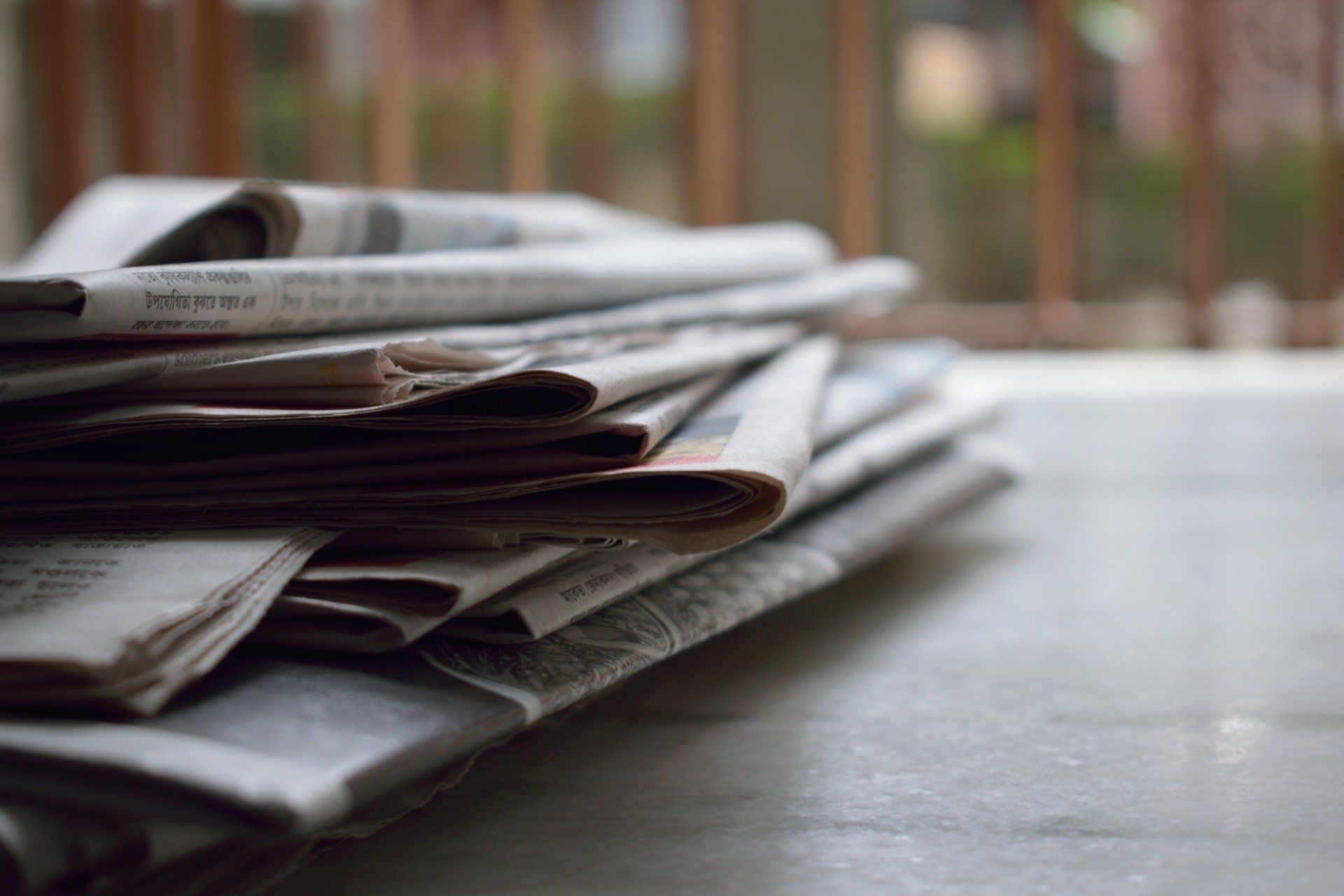The virucidal effects of UVC light proven by yet another scientific study
When something's reported in a respected world-class scientific journal like Nature magazine, it's worth sitting up and taking notice. Thanks to Nature for publishing a key study of the potential virucidal effects of UVC light, revealing once more how remarkably effective it is at killing off covid along with other worrying infections like SARS, MERS, Ebola and Hospital Acquired Infections. The original article was written in science-speak, so we've done our best to translate it into plain language for you!
UVC covid disinfection evaluated at different doses and virus concentrations
The team evaluated the 'potential virucidal effects of UV-C irradiation on SARS-CoV-2' at different illumination doses and virus concentrations. At around the same dose you'd get from a regular infection, a UV-C dose of just 3.7 mJ/cm2 was enough to achieve inactivation without any sign of viral replication. Also, 'complete inactivation at all viral concentrations' was observed at 16.9 mJ/cm2.
The report explains how 'non-contact disinfection' is highly desirable and that UV radiation, in particular UV-C (200–280 nm), is already known to inactivate different viruses. The paper's authors hope their results will lead to an even better understanding of the effects of UV-C on SARS-CoV-2, taking into account 'all the key factors involved in the experimental setting'.
The effect of monochromatic UV-C (254 nm) on covid is apparently clear, which means virus inactivation can be easily achieved. Experiments were conducted using a custom-designed low-pressure mercury lamp system at three different illumination exposure times. After UV-C exposure, the team looked at the viral replication.
The impact of UV-C exposure on SARS-CoV-2 replication was 'extremely evident'. Six days after infection, viral replication was 'distinctly evident' in the samples unexposed to UV-C, but 'completely absent' following UV-C irradiation, even at low doses. All of the team's results have been confirmed by further strict statistical analyses performed on viral replication at an intracellular level.
In conclusion, the team reports that their 'highly controlled experimental model' has allowed them to pin down the UV-C radiation dose required to inactivate SARS-CoV-2, with the results also depending on the virus concentration. A surprisingly small dose of UVC is all that's needed to deal with virus concentrations typical of a 'low-level contaminated closed environment' like a classroom, and also the saliva of infected people. A concentration of less than 4 mJ/cm2 was enough to 'achieve full inactivation of the virus'.
The results reveal how covid is 'extremely sensitive to UV-C light'. Even at the highest viral input concentration of 1000 MOI, 'viral replication was totally inactivated with a dose ≥ 16.9 mJ/cm2'.
Just in case you wondered, our machines give off UV-C light at 265nm. And that means they inactivate the covid virus quickly, cleanly and effectively. Our machines have loads of settings and safety features that make them easy to use, and they work impressively quickly to clean indoor spaces of all kinds. Wherever the light touches, it inactivates the virus... and that's something a team of human cleaners would find hard to achieve, even if they only had to disinfect a space once a day.
Let's talk about covid-killing!
Get in touch if you'd like to discuss how you can safely, quickly kill covid with one of our LED UVC machines.
Citation: Biasin, M., Bianco, A., Pareschi, G. et al. UV-C irradiation is highly effective in inactivating SARS-CoV-2 replication. Sci Rep 11, 6260 (2021). https://doi.org/10.1038/s41598-021-85425-w.










